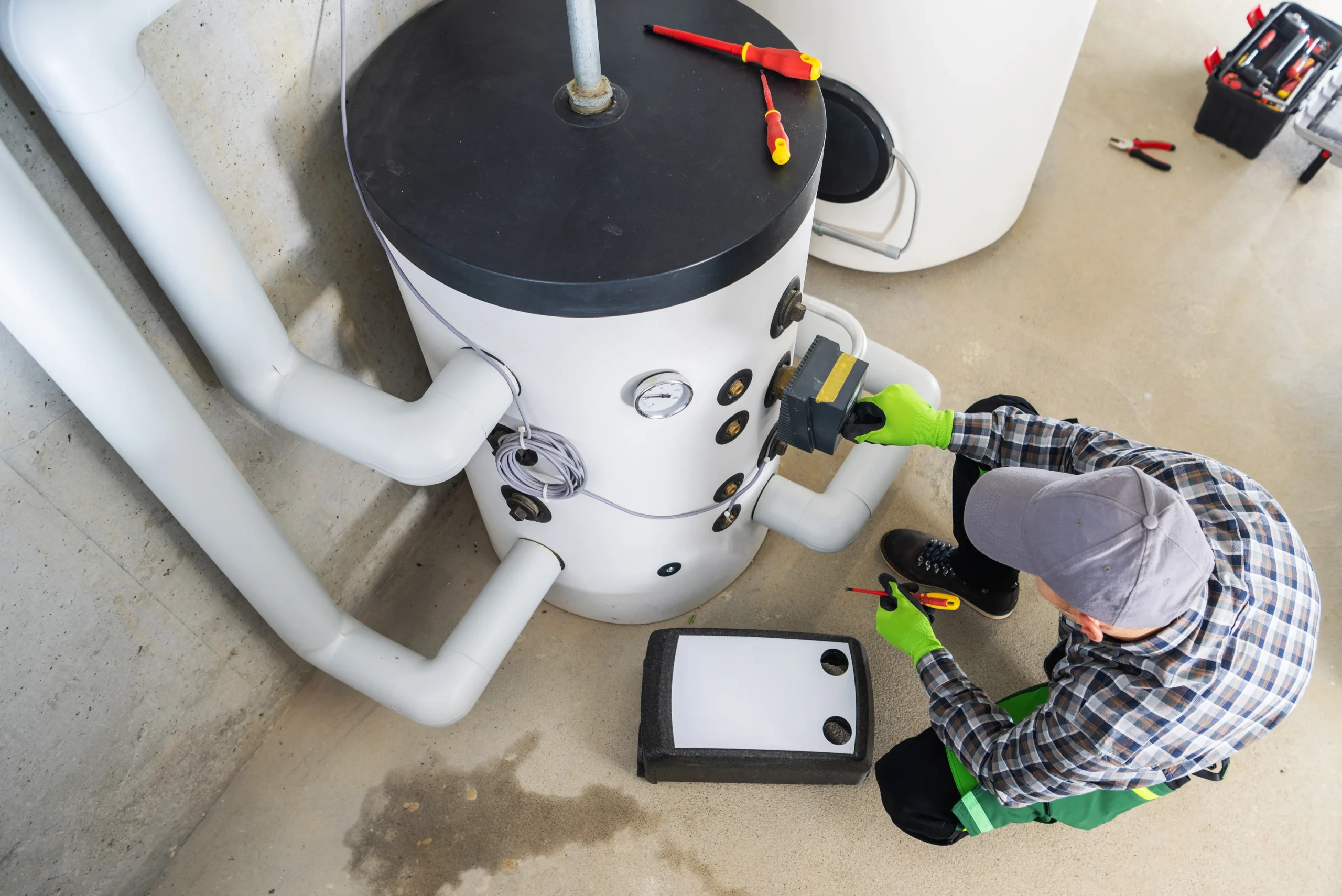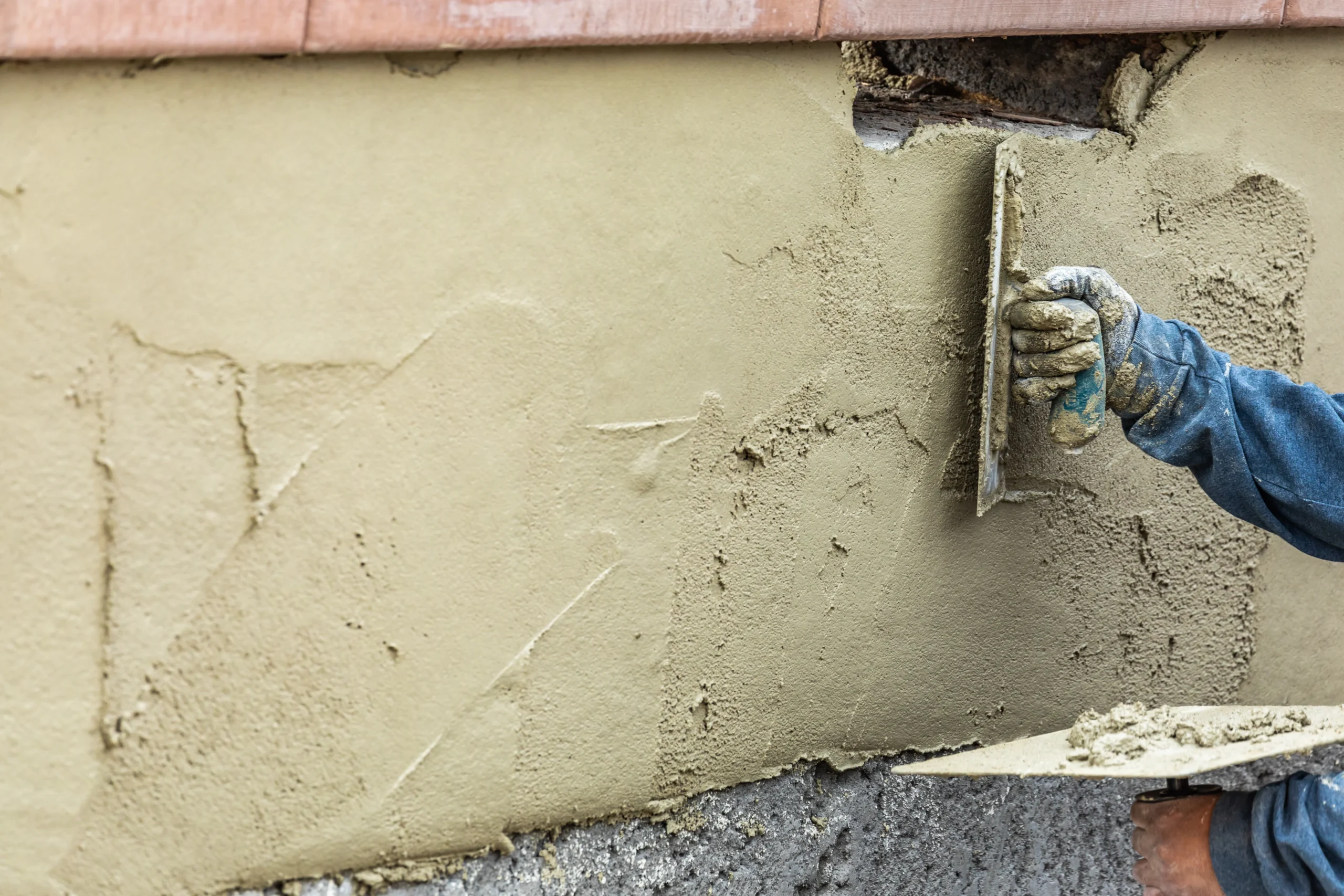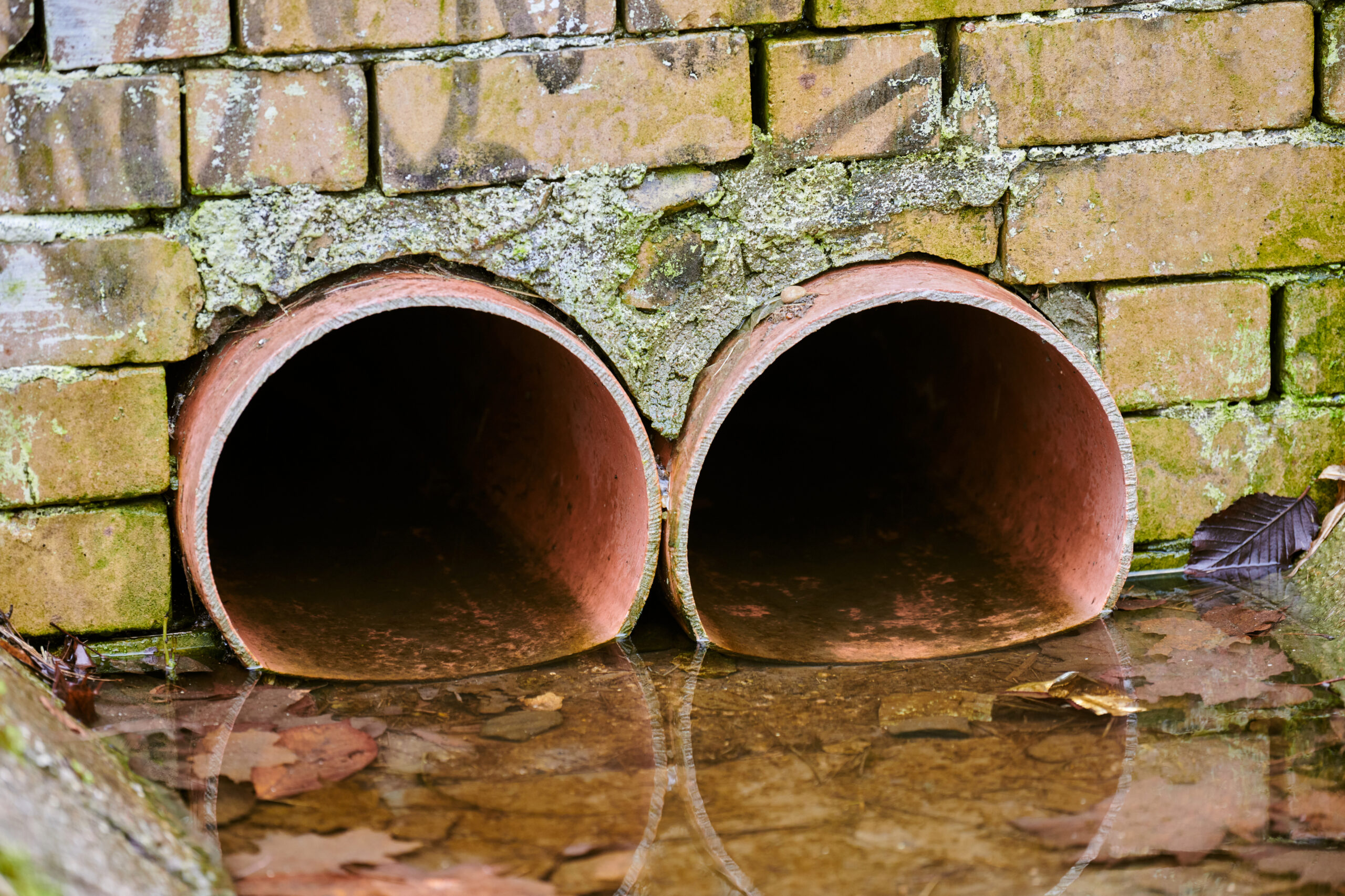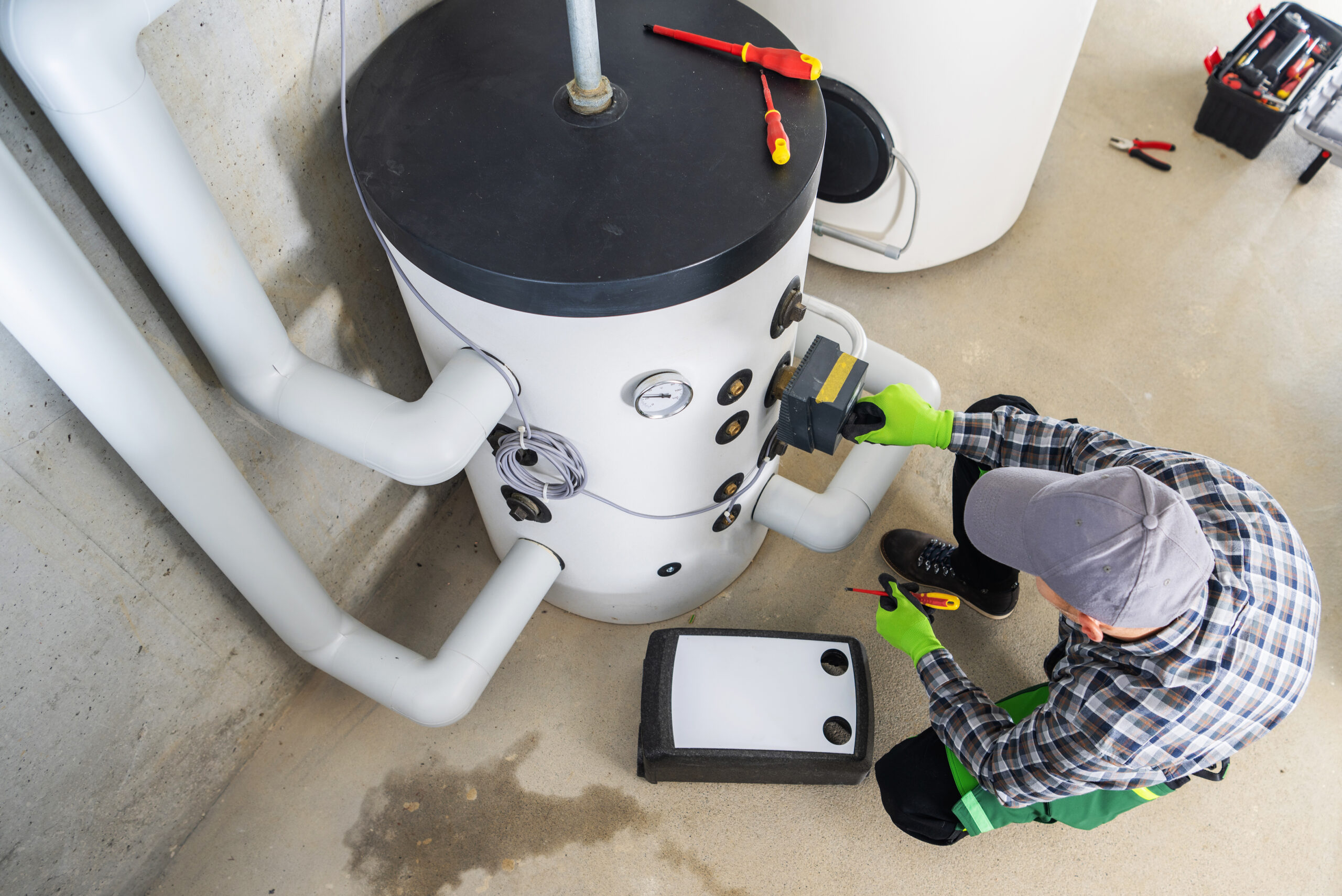Sump pump inspection is a crucial component of your home’s drainage system and helps prevent basement flooding and water damage. In Washington, heavy rains and flooding can strain the system, causing pump failure. The inspection checklist includes visual inspection, the performance test, float switch testing, checking the discharge pipe and electrical and backup systems. Twice a year inspections result in a well functioning system but you should get your sump pump inspected if the basement after every storm. A proper sump pump protects your home’s foundations, prevents mold growth and results in improved air quality and home value.
Sump Pump Inspections Checklist For Washington Homes: How to Keep Your Basement Dry and Safe
Is your home musty or flooded after recent storms? Washington rains and snowmelts can strain sump pumps, leading to water damage. In Tacoma, WA, contact Sump Pump Wizards to keep your basement dry and protected from flooding, moisture, and mold, ensuring your home stays safe year-round. Regular sump pump inspections and maintenance can prevent costly repairs, safeguard your property, and give you peace of mind during heavy rainfall. Don’t wait until it’s too late—protect your home before the next storm hits.
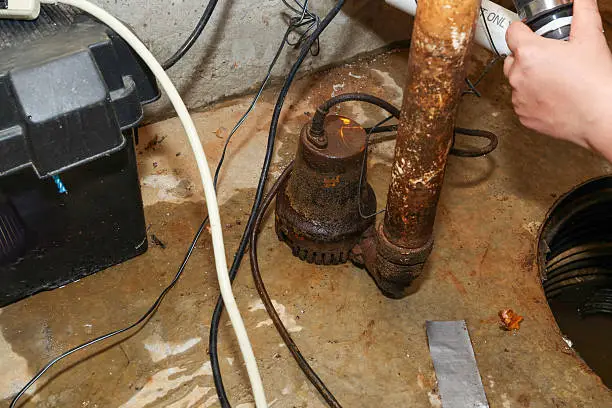
| Important fact
To maintain better home value, your sump pump must be in better working condition to avoid red flags during home inspection. Regularly check for debris, ensure the discharge pipe is clear and test the system to see if it’s working smoothly and efficiently. |
Here is your step by step guide for the sump pump inspection checklist for Washington homes.
-
Visual Inspection
During your sump pump inspection, ensure the pump is disconnected from the power outlet and the power cord shows no signs of wear or damage. After putting on proper safety gear, check for any visible corrosion or cracks in the unit. Make sure the sump pit is clean, free of dirt and debris that could block the system, and large enough to accommodate both the pump and high volumes of water during heavy rainfall.
-
Checking the Operation
Activate the float switch by pouring water into the pit to test the pump’s operations. Make sure it moves freely and performs accurately at the right water levels. Check if there are any unusual buzzing or grinding noises during the operation, hinting at mechanical failure. Make sure the pump is functioning efficiently, quickly removing water from the pit.
-
Checking the Discharge Line
Inspect the discharge lines for any blockages, damage or misalignment. There shouldn’t be any loosely connected pipes, rather securely fit to the pump. Check and ensure that the discharge area is not blocked and water flows smoothly away from the foundations of your home.
| Did you know?
Rain is common year round in Washington state and homes in Edmonds, Redmond and Issaquah have sump pumps installed to safeguard their property against moisture and water damage. |
-
Inspecting Valves
To prevent backflow into the pit, make sure the valves are functioning properly. Any unusual noises could indicate a fault. Check if the valve seals and connections are tight and free of any leaks or signs of moisture and mold. Replace any worn parts immediately.
-
Electrical and Backup Systems Checkup
Check and ensure the sump pump is connected to a well functioning GFCI (Ground Fault Circuit Interrupter) outlet. Test the outlet and ensure that the circuit breaker is in good condition. Also test the battery backup power source or generator to guarantee smooth functionality during power outages during storms. Check your sump pump every few months to ensure it is functioning properly
| Fast Fact
For homes in high risk flood areas such as Auburn or Shoreline, a home with a sump pump can be viewed as a desirable asset. |
Conclusion
In Washington, regular sump pump inspection and maintenance help protect your home’s foundation from water damage. A step by step checklist includes visual inspection, testing the operation performance, checking the discharge lines and valves, and ensuring the electrical and backup systems are working properly. Annual professional inspections or twice a year result in better performance. Professional inspections ensure your sump pump is functioning properly, preventing any dangers of pump failure and basement flooding.
FAQs
How much will it cost me to have my sump pump cleaned?
On average, the professional sump pump cleaning will cost you between $100 to $250 and will include a range of services like cleaning debris, the valve and removing standing water in the pot.
What’s causing my sump pump to stop working?
Debris or loose dirt could be one cause, the float switch might be jammed or broken or the pump may not be getting power to function properly.
Why is my sump pump running every 15 minutes?
Sump pumps can run very regularly during rain and storms and especially in spring when the water table is higher.
How often should homeowners in Washington inspect their sump pump?
Homeowners should inspect their sump pump at least once every three months, and schedule a full professional inspection annually, especially before the rainy season common in Washington.
Why is sump pump inspection especially important for Washington homes?
Washington’s wet climate and heavy rainfall increase the risk of basement flooding. Regular sump pump inspections help ensure the system is ready to handle excess groundwater efficiently.

